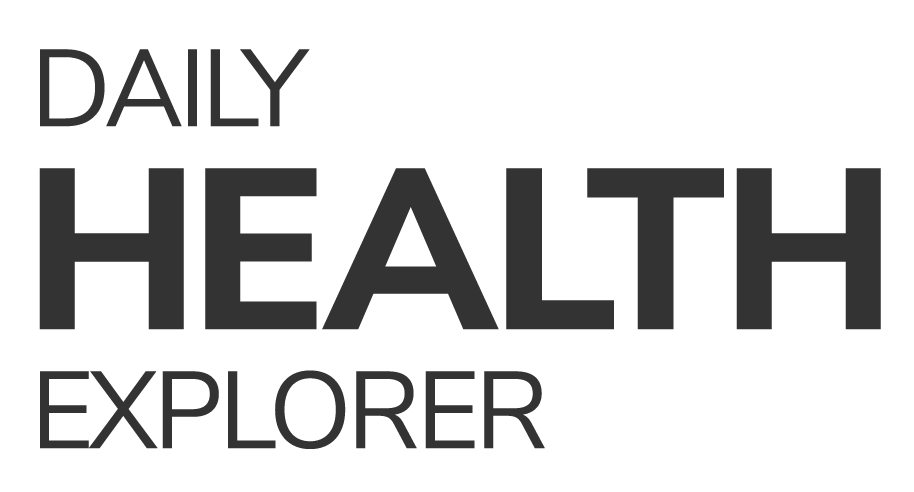
Statins, a class of drugs hailed for their ability to lower cholesterol levels and reduce the risk of cardiovascular events, have long been a cornerstone of modern medicine’s approach to heart health. However, amidst the praise and widespread use of statins, a growing body of research has shed light on potential drawbacks and side effects associated with these medications. In this blog post, we’ll explore the negative side of statins and discuss important considerations for patients and healthcare providers.
1. Muscle Pain and Weakness:
One of the most commonly reported side effects of statins is muscle pain and weakness, known medically as statin-associated muscle symptoms (SAMS). For some individuals, these symptoms can range from mild discomfort to severe muscle damage, impacting mobility and quality of life. While the exact mechanisms underlying SAMS are not fully understood, research suggests that statins may disrupt muscle cell function and lead to inflammation and damage.
2. Liver Dysfunction:
Another potential concern associated with statin use is liver dysfunction, characterized by elevated liver enzyme levels on blood tests. Although rare, some individuals may experience liver damage or abnormalities while taking statins, necessitating close monitoring by healthcare providers. While the majority of cases are mild and reversible, severe liver complications can occur in rare instances, highlighting the importance of regular liver function tests for individuals on statin therapy.
3. Cognitive Impairment:
Recent studies have raised concerns about the potential link between statin use and cognitive impairment, including memory loss and confusion. While the evidence remains inconclusive, some research suggests that statins may interfere with brain function and contribute to cognitive decline in susceptible individuals. Given the importance of cognitive health, particularly in aging populations, further research is needed to elucidate the relationship between statins and cognitive function.
4. Increased Diabetes Risk:
Several studies have suggested a potential association between statin use and an increased risk of developing type 2 diabetes mellitus. While the mechanism underlying this association is not fully understood, some researchers speculate that statins may impair insulin sensitivity and glucose metabolism, leading to elevated blood sugar levels over time. Individuals considering statin therapy should discuss their diabetes risk factors with their healthcare providers and weigh the potential benefits against the risks.
5. Coenzyme Q10 Depletion:
Statins are known to inhibit the production of coenzyme Q10 (CoQ10), a vital nutrient involved in energy production and cellular function. CoQ10 depletion may contribute to muscle-related side effects, fatigue, and other adverse effects observed in some individuals taking statins. Supplementing with CoQ10 may help mitigate these effects and support overall health, particularly for individuals at higher risk of statin-related complications.
Conclusion:
While statins have revolutionized the treatment and prevention of cardiovascular disease, it’s essential to recognize that these medications are not without their drawbacks. From muscle-related side effects to potential impacts on liver function and cognitive health, patients and healthcare providers must weigh the benefits and risks of statin therapy on an individual basis. By fostering open communication and informed decision-making, we can ensure that patients receive the most appropriate and personalized care for their heart health needs.
– The Daily Health Explorer


